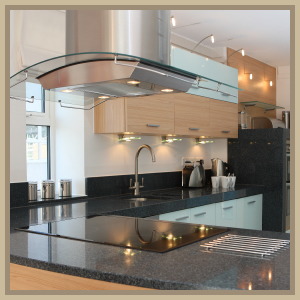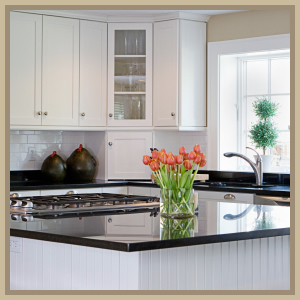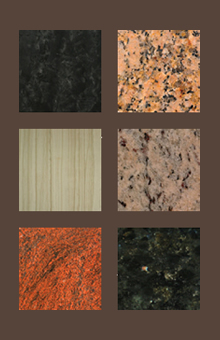


Sandstone | Natural Stone
Sandstone is the softest of sedimentary rocks. Like limestone it’s not suitable for Kitchen Bench tops. It has been used in the past, however due to its soft and porous nature it will mark easily and soak up spills, causing staining.
What can it be used for
Mined sandstone can be cut, polished and carved for many uses. It is used for buildings, monuments, grave stones, bookends, beverage coasters, tiles and has many other possible uses. Sandstone can also provide silica for glass production.
| Application | Rating | Reason |
|---|---|---|
| Commercial Use | Soft stone, easily scratched | |
| Bathrooms / Showers | Beauty / Colour | |
| Kitchen | Soft stone easily scratched, marked. Acid Etching. | |
| Floor Tiles | Beauty / Colour | |
| Exposed Outdoors | ||
| * Ratings are used as a guide, individual applications may vary | ||
Origin of Sandstone
Sandstone is a very common sedimentary rock and perhaps the best known sedimentary rock. It is formed in many environments. Just about anywhere there is water, whether frozen or not, in a river or ocean, there is a chance to form sandstone. Even where there is no water as in a desert, there is sandstone formation under foot.
As the name implies, sandstone is composed of sand. That seems easy enough. However there are a few other things to consider. What is sand? Sand is characterized by any grain that is 0.1 mm to 2.0 mm in size. The grains can be composed of individual crystals of various minerals such as quartz or feldspar or even be a sand-sized fragment of another rock such as a granite or slate.
Iron oxides, manganese oxides and other impurities can cause bright and contrasting colors in sandstones. These colors are what gives sandstone its unique character and ornamental desirability. The colors range from bright whites, reds, yellows, oranges and even purples and greens. Colored sandstone is usually intricately banded in multiple colors which enhance its aesthetic appeal.
Sandstone's banding is due to layers of sand that are deposited with differing characteristics. Sandstone is formed in many deposits that are episodic in nature and the resulting layers can be very different from previous layers. Sometimes the sand is courser or finer than the previous layer and this difference causes the banding. Dunes and ripples of sand can cut across earlier deposits and cut off those earlier bands with bands of their new. This results in a texture call cross-bedding and can be very intricate and interesting.
Find out more...




